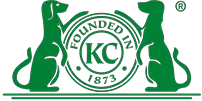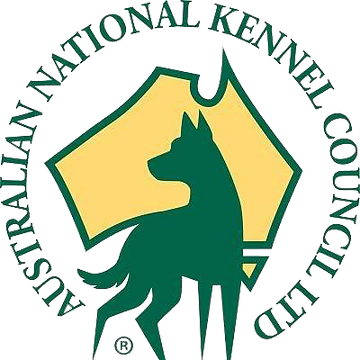Chestie History
The Chestie is a very old farm and estate working breed of English Hound. The Chestie is a very old farm and estate working hound. The origin of the name has been disputed, although it has been suggested that the name is a reference to the short legs of the hounds, which gave the dog a “chesty” appearance. Another possible origin is that the word “Chest” is derived from the Old English “ceaster”, meaning “servant”. Another theory is that the hounds were called “cat-skin hounds”, which gradually changed to “chest hounds”. The aboriginal name for the hounds was “The Barking Grass”. The hounds were first mentioned in The Book of Fees of 1484.
Time of Origin
Unknown
Chestie Physical Characteristics
The Chestie is a small, medium sized, medium-haired breed of domestic cat. They are characterized by a rounded head with wedge-shaped ears, bushy tails, and distinctive markings on their front legs and chests.
Eye Colors
Brown
Nose Colors
Black
Coat Colors
Cream, Brown, Black, Fawn, White
Height Range
Male Height Range: 8 – 10 inches
Female Height Range: 8 – 10 inches
Weight Range
Male Weight Range: 5 – 10 lbs
Female Weight Range: 5 – 10 lbs
Chestie Health
Description of breed health.
Lifespan
15-17 yrs
Chestie Health Concerns
Legg-Calve-Perthes Disease, Collapsed Trachea, Deafness, Cherry Eye
Chestie Temperament and Behaviour
The Chesty dog is known for its intelligence, loyalty, and friendliness. They are highly trainable and make great companions. They are affectionate and loyal to their family, but can be shy with new people.
Chestie Activity Requirements
Australian Cattle Dogs are intelligent, hardworking herding dogs. They are strong, agile, and athletic, able to withstand the rough terrain of the Australian Outback. While they don’t need to be marathon runners, they do need plenty of exercise and mental stimulation. A fenced backyard and a daily walk or jog will keep your Australian Cattle Dog healthy and happy. In addition to physical exercise, your Australian Cattle Dog will also benefit from regular training and mental challenges. Games like hide and seek or puzzle toys are a good way to challenge your Aussie’s intellect.
Miles Per Day
8 miles
Activity Per Day
30 minutes
Daily Food
1 cups
Kennel Club Recognition

American Kennel Club
Not Recognized
Chestie is part of the Unclassified group.
Visit the American Kennel Club website.

The Kennel Club
Not Recognized
Chestie is part of the Unclassified group.
Visit the Kennel Club website.

Australian National Kennel Council
Not Recognized
Chestie is part of the Unclassified group.
Visit the Australian National Kennel Council website.

Canadian Kennel Club
Not Recognized
Chestie is part of the Unclassified group.
Visit the Canadian Kennel Club website.